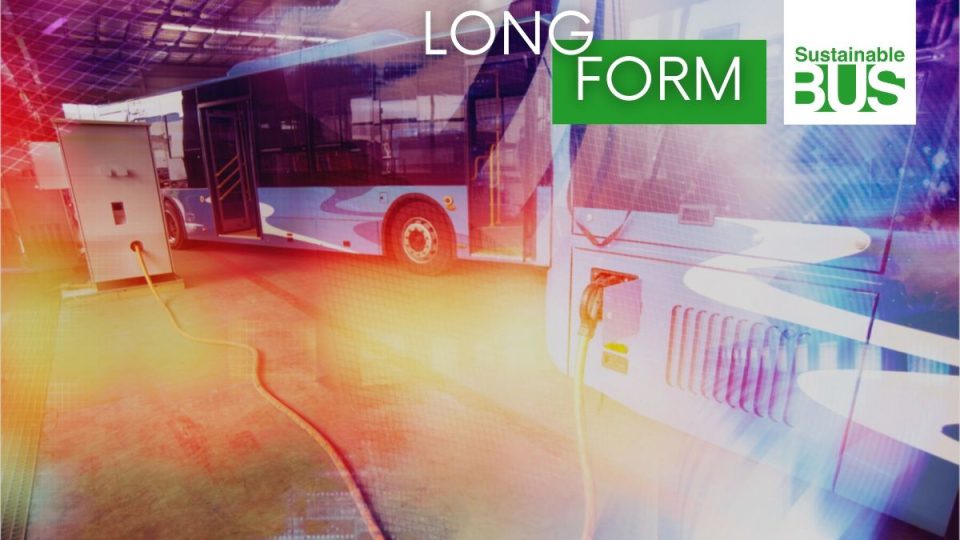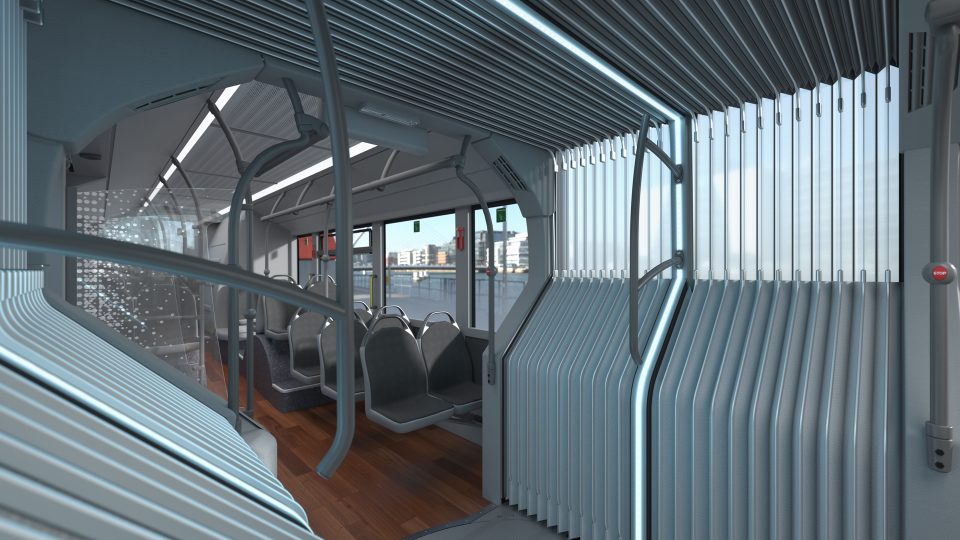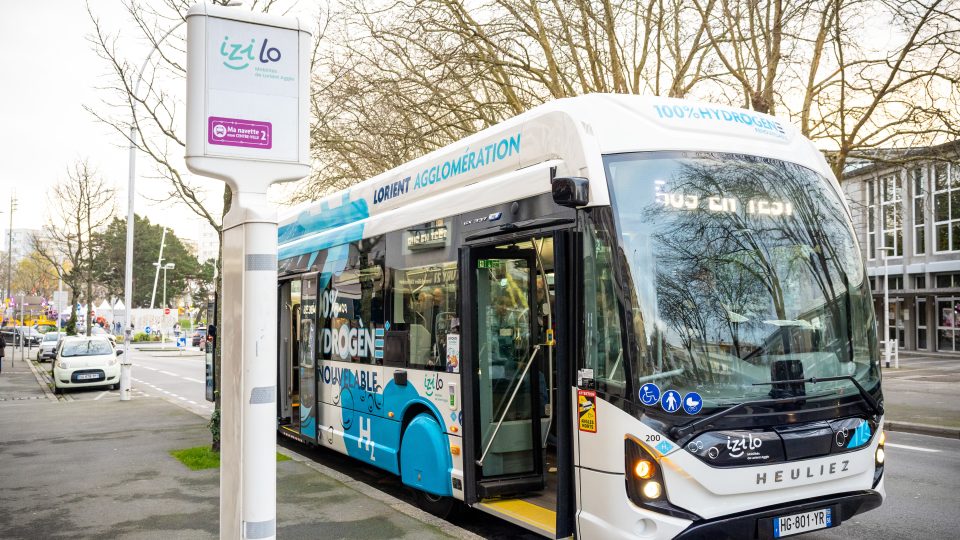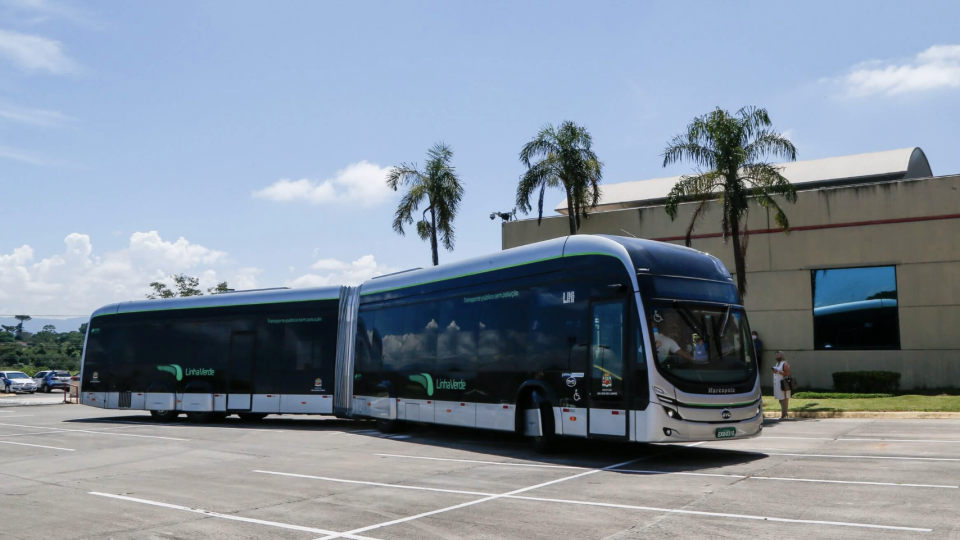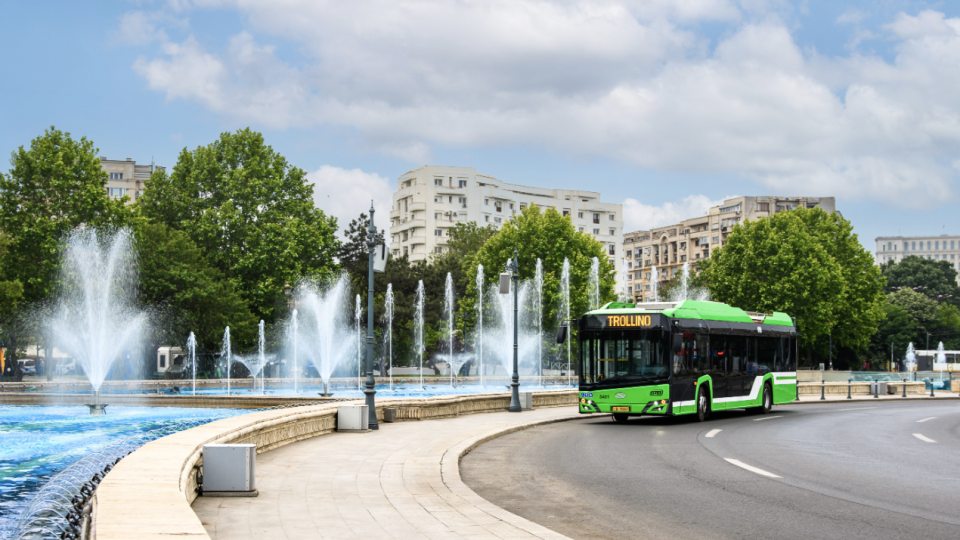Final report on RATP buses on fire in 2022 is out. Cause? Thermal runaway. “Mylar insulation had been incorrectly positioned”
The most likely direct cause of the fires involving RATP e-buses (by BlueBus) that went on fire in 2022 in Paris “is an intercell short-circuit caused by thermal runaway in the high-voltage batteries that power these all-electric vehicles”, reads the report of the technical investigation carried out by the French public agency Bureau d’Enquêtes sur […]
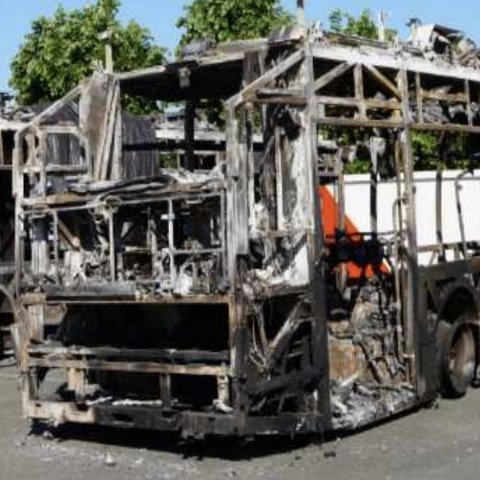
The most likely direct cause of the fires involving RATP e-buses (by BlueBus) that went on fire in 2022 in Paris “is an intercell short-circuit caused by thermal runaway in the high-voltage batteries that power these all-electric vehicles”, reads the report of the technical investigation carried out by the French public agency Bureau d’Enquêtes sur les Accidents de Transport Terrestre (BEA-TT), published on 30th October.
The conclusions of the report, fully available here below and here, is that “the cause was in the battery manufacturing process. This finding led the manufacturer, in agreement with the Vehicle and Engine Market Surveillance Service (SSMVM), to initiate a recall of the batteries to owners of batteries of the same type and owners of vehicles fitted with them“.
Credit picture: BEA-TT report
BEA-TT report on RATP buses on fire
The fires happened on 4 and 29 April 2022. Two years after the two fire incidents, Bluebus electric buses have been back in Paris since 15 April.
148 buses were withdrawn from circulation after two fires accident happened in a short time window. Also the vehicles delivered after April 2022 have been taken out of service, for a total of 232 immobilized vehicles for a two years time.

The Bureau d’Enquêtes sur les Accidents de Transport Terrestre (BEA-TT) is a French public agency and has the mission to carry out independent technical investigations into potentially serious land transport accidents or incidents in order to establish the circumstances, identify the causes, whether certain or probable, and issue recommendations to prevent future accidents.
In the just-published report, the BEA-TT highlights that the batteries, provided by Blue Solutions and manufactured in sites in Ergué-Gabéric, France, and Boucherville, Canada, develop 63 kWh of energy for each pack and operates at an internal temperature of of 80°C. “In normal operation, this temperature must be maintained and can reach 105°C. They are therefore heated by electrical resistance. The temperature of the batteries is monitored by multiple temperature, voltage and amperage sensors (…). In accordance with European type-approval regulations, the vehicles have been approved by one of the European Authorities chosen by the manufacturer“.
Potrebbe interessarti
On the reasons behind e-buses (and EVs) fires and how to decrease risks (the problem is smaller than one might think)
Sheets of insulation incorrectly positioned
Following the fires, “All the batteries were completely destroyed, with the exception of those located in the rear. The batteries on the roof the roof melted, fell onto the floor and also passed through it. This caused significant damage to the pavement”, the report reads.
Following investigation, one conclusion arose: “Only an internal short-circuit in a cell (e.g. due to the presence of metal particles between the electrodes or to the growth of dendrites) or inter-cell short-circuit appeared at first to be the only possible explanation for these fires”.
What is important, “the analysis revealed that certain sheets of Mylar insulation had been incorrectly positioned during the manufacture of the batteries, and that the positioning check carried out on the production lines did not detect this anomaly. As a result, they do not had sufficient insulation between the cells and could therefore cause an intercell short-circuit between cells. This phenomenon has been identified as the most likely cause of these fires by causing thermal runaway”.
BEAT-TT reccomendations
On the basis of the findings of the report, the BEA-TT issued seven recommendations addressed at manufacturers a legislative bodies, that we report here integrally:
- equip vehicles with early detection systems of faults likely to lead to fires, and reporting of appropriate alarms
- provide protection of passengers against high temperatures, which can be reached very quickly,
and from the risk of batteries falling from the roof; - provide protection of passengers from molten metal splashes during evacuation phases
- keep records of important data prior to operating hazards, and transmitting them
as well as their regular remote transmission; - continuation and facilitation of research into the effectiveness of countermeasures
to be used during similar events; - issue specific regulations applicable to the electrical safety of future vehicles;
- provide information resources for the emergency services to enable them to carry out
safety interventions.

